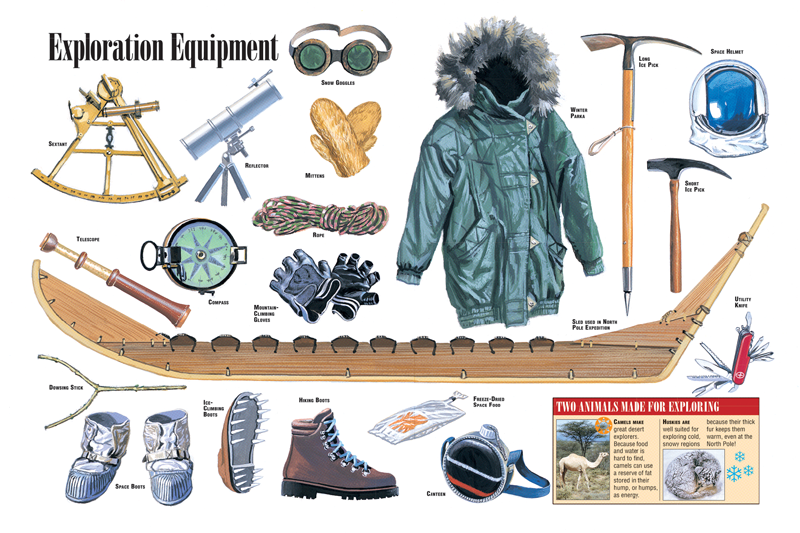

Upon analysis of these accounts and the accusations therein, it is interesting that Drake’s nephew suggests the earlier explorers exaggerated, but in the very same, extremely long-winded pages, he confirms the existence of an abnormally large tribe of natives who stood seven-feet-six-inches (2.3 meters) tall and who had “hideous” voices. But this is certain, that the Spanish cruelties there used have made them more monstrous, in mind and manners, then they are in body and more inhospitable to deal with any strangers, that shall come thereafter.” Analyzing Accounts and Accusations
#Solavant explorers full
“Magellan was not all together deceived, in naming them giants for they generally differ from the common sort of men, both in stature, and strength of body as also in the hideousness of their voice: but yet they are not so monstrous, or giant like as they were reported there being some English men, as tall, as the highest of any that we could see, but peradventure, the Spaniards did not think, that ever any English man would come thither, to reprove them and thereupon might presume the more boldly to lie: the name Patagones, five cubits (seven foot and a half), describing the full height (if not somewhat more) of the highest of them. The first detailed account of Drake’s circumnavigation was published in 1628: The World Encompassed, written by Drake’s own nephew who bore the same name. His expedition’s chronicler and ship chaplain Francis Fletcher recorded similar observations of the Patagonians. Then in 1579, English explorer Sir Francis Drake completed the second circumnavigation in recorded history. ( Vic / Adobe Stock) Early Explorers: Sir Francis Drake Circumvents The Globe

Sir Francis Drake also circumvented the globe and met strange natives in Patagonia. Modern historians minimize this account by accusing Pigafetta of exaggeration, but aside from this tiny fraction, the entirety of the circumnavigation chronicle is hailed as exquisitely accurate. After a couple weeks, the explorers attempted to abduct two of them to bring home as evidence of their enigmatic encounter however, the two they captured perished and were disposed of during the long odyssey back to Spain. The explorers initiated contact with the giant’s tribe and offered them gifts of food and drink, and there was a note made that they were utterly terrified when they saw a mirror. He was so tall that we reached only to his waist, and he was well proportioned.” “When the giant was in the captain-general’s and our presence he marveled greatly, and made signs with one finger raised upward, believing we had come from the sky. A crew member was sent ashore to make contact and did so by imitating the giant’s gestures. They named this land Patagones, the Spanish pata meaning foot hence this name means “the land of the bigfeet.” According to the official chronicles, painstakingly recorded by Antonio Pigafetta, as they approached the shore of this strange land, they witnessed a giant, naked man dancing and anointing himself with powder. Between 15 AD the intrepid crew of the carrack, aptly named “The Victoria,” rounded the southern tip of South America. His circumnavigation of the globe was the first in recorded history and is arguably the greatest sea voyage in the Age of Discovery. Portuguese-born, Spanish-crown-commissioned captain Ferdinand Magellan may be the most renowned of all early explorers. ( Vic / Adobe Stock) Early Explorers: Ferdinand Magellan & Antonio Pigafetta Each of these elements was entirely expected, each that is, except one: the enigmatic encounters of early explorers with the unusual natives of the lands they “discovered.”įerdinand Magellan, the first of the early explorers to circumvent the globe, and his ship on a Bulgarian postage stamp. Encounters with natives was another standard element of these expedition reports, sometimes they were peaceful and sometimes hostile. Upon their return, these early explorers presented their kings and queens with detailed, wonderous reports of exotic flora, fauna, spices, minerals, and lost cities. Epic voyages occurred across vast and treacherous oceans fueled by the zeal of discovery, the greed of conquest, and the tempestuous winds of the seven seas. Over five-hundred years ago, European monarchs began dispatching their most masterful navigators to the far reaches of the planet, marking the beginning of the Age of Discovery.


 0 kommentar(er)
0 kommentar(er)
